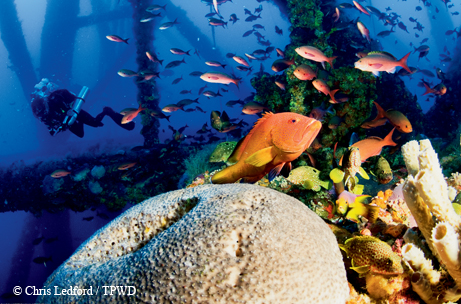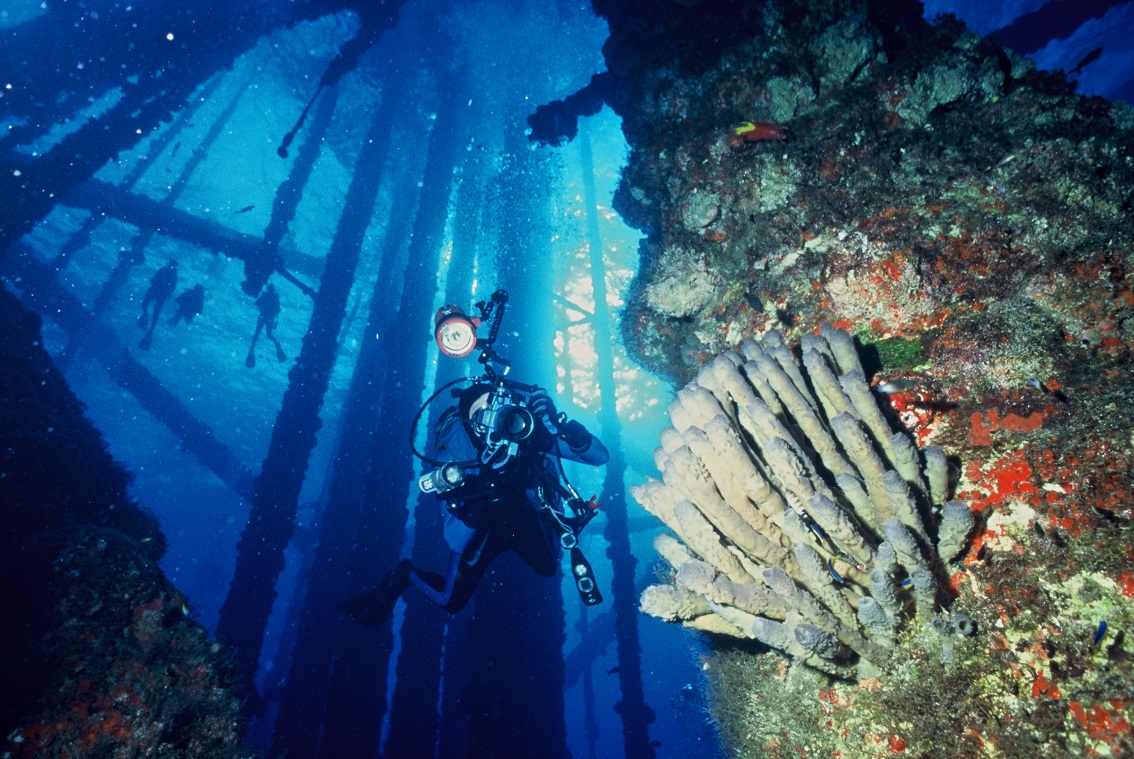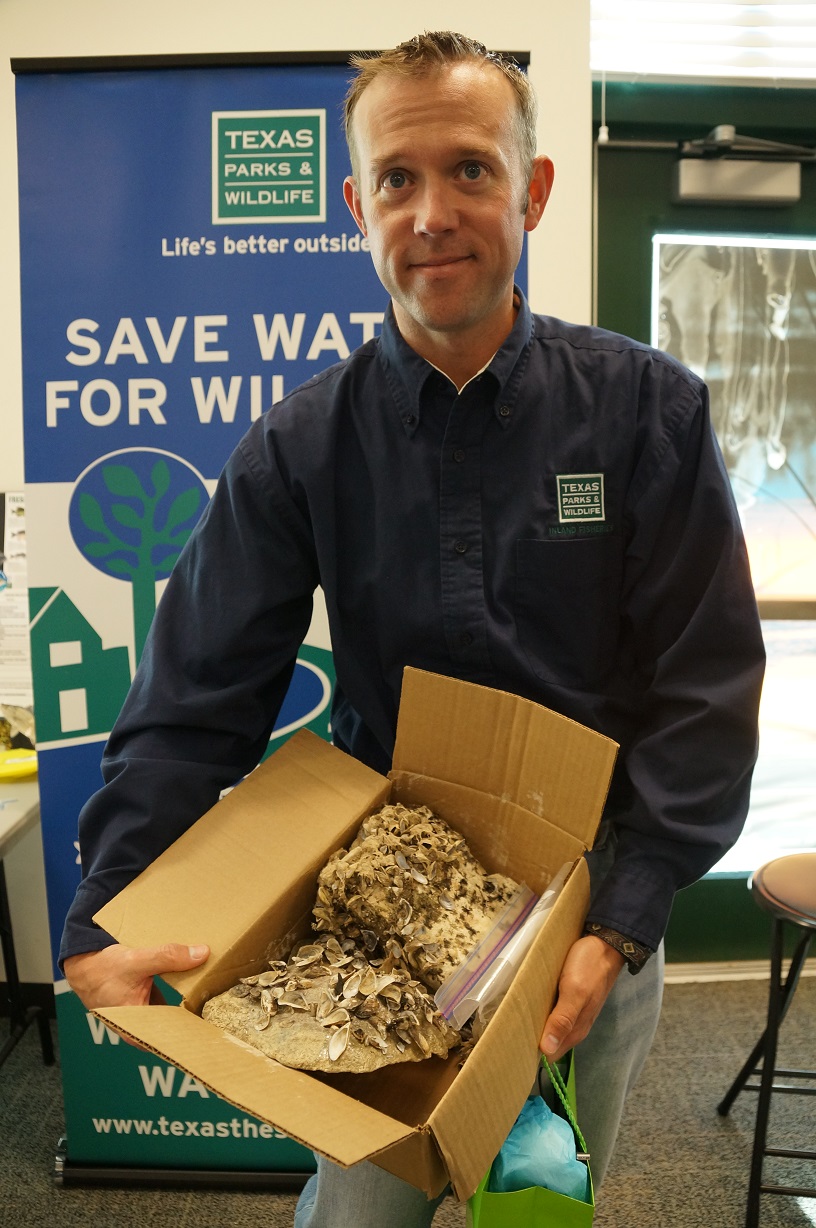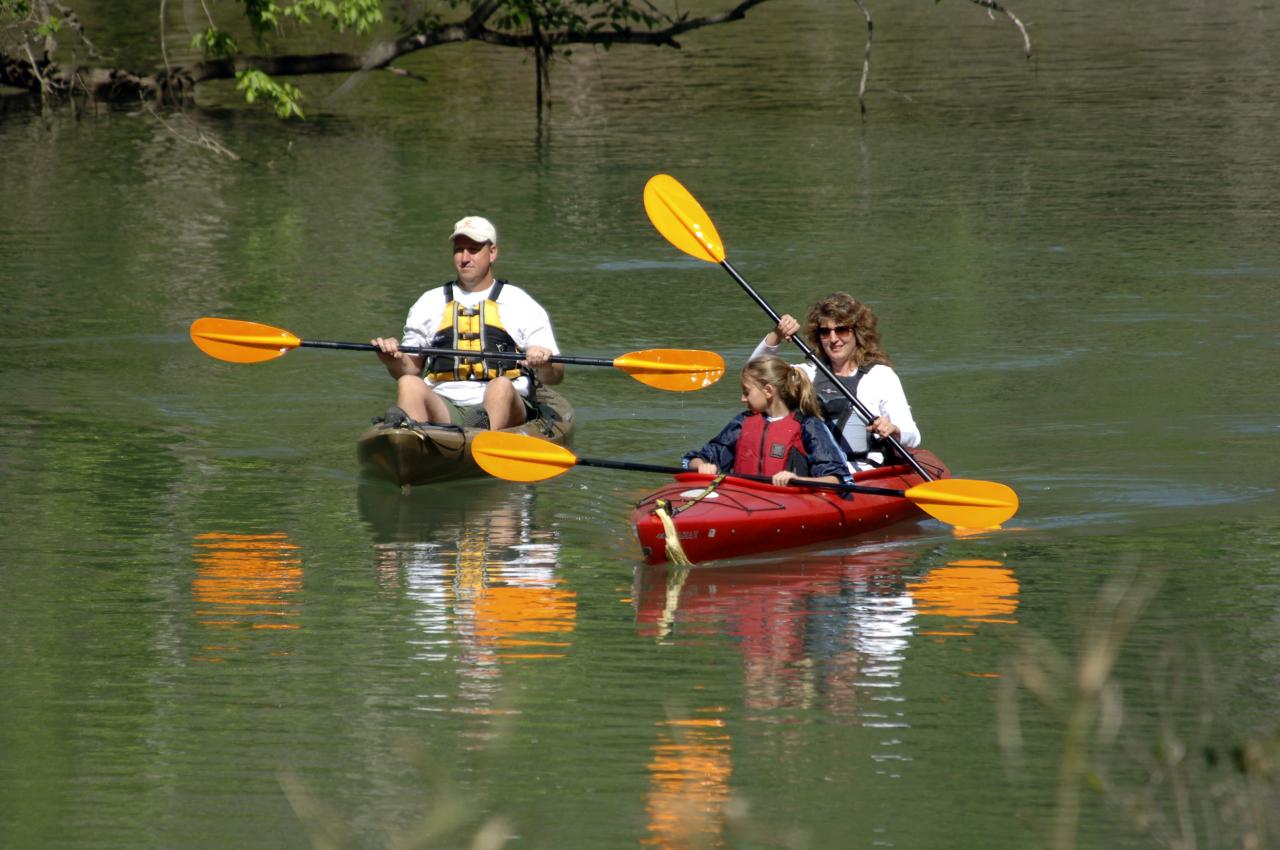TPW TV: Tent Revival
Monday, June 30th, 2014
This is Passport to Texas
When Ryan Spencer worked for Texas parks and Wildlife, he connected people with nature via the Texas Outdoor Family Program.
05— I work out of a trailer and we go all over the state. It’s a unique office, but I really love it.
Ryan currently manages the Children in Nature Collaborative of Austin. But when he was with Texas Parks and Wildlife, he would…
04— …go from park to park and show people how to go camping for the first time.
Studies show that when children spend time outside with their families they are healthier, happier and smarter. In addition, the family bond grows stronger.
08— They have better family cohesion. So that means, that children who spend more time with their parents outside, become nicer teenagers when they grow up.
And it all starts with engaging the outdoors as a family.
12— We teach about “Leave No Trace” and how to protect the environment while you’re out there enjoying it. We want to give them some skills that they can repeat on their own when they come back from the state park. So, things like cooking on a camp stove; setting up a tent.
To find a Texas Outdoor Family Workshop, visit the Texas Parks and Wildlife website.
And tune into the Texas parks and Wildlife PBS TV series this week to see Ryan Spencer in action teaching families about the outdoors. Check your local listings.
For Texas Parks and Wildlife, I’m Cecilia Nasti.






 Passport to Texas is a
Passport to Texas is a  Passport to Texas is made available by:
Passport to Texas is made available by: